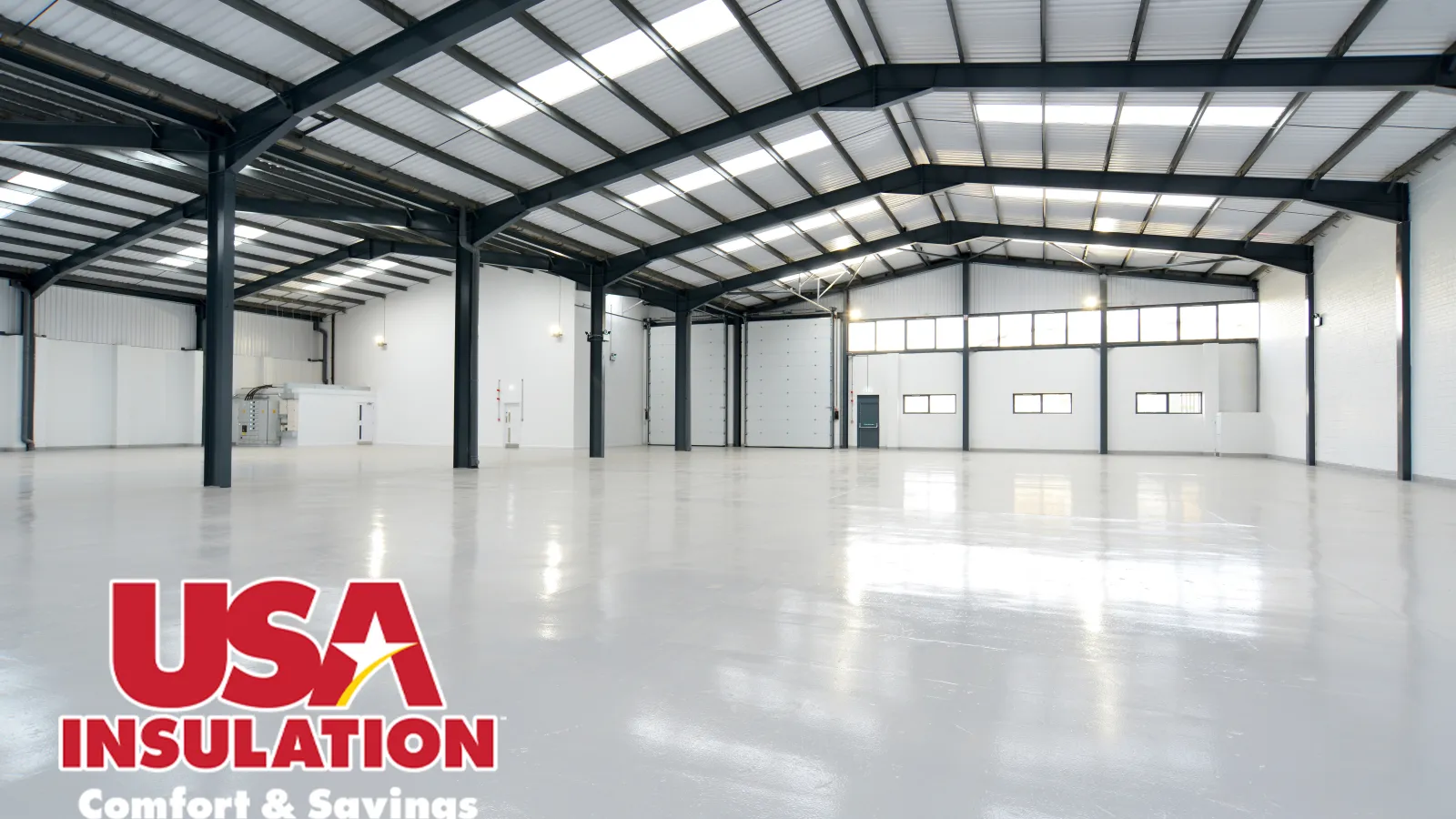Metal buildings have become increasingly popular across various industries due to their durability, affordability, and quick construction times.
However, one of the biggest challenges for metal structures is effective insulation. Without proper insulation, metal buildings can experience significant temperature fluctuations, condensation issues, and poor energy efficiency.
Among the many insulation options available, spray foam insulation stands out as the top choice for metal buildings due to its superior performance and versatility.
If you're considering insulating a metal building, this guide will help you understand why spray foam insulation is the best choice.
What Makes Spray Foam Insulation Ideal for Metal Buildings?
Metal buildings are unique in design, often featuring wide spans of metal sheeting with minimal interior framing. Traditional insulation methods like fiberglass or cellulose may not be as effective for such structures. Spray foam insulation offers distinct advantages, particularly in controlling air leakage and moisture—two common concerns in metal buildings.
Spray foam insulation adheres directly to metal surfaces, expanding to fill every gap, crack, and seam. This creates an airtight seal that ensures consistent insulation while preventing moisture buildup—a common issue in metal structures that can lead to rust and mold. By forming a continuous barrier, spray foam insulation reduces the risk of air leaks, improving energy efficiency and overall comfort.
Key Benefits of Spray Foam Insulation for Metal Buildings
- Superior Moisture Control: Spray foam insulation forms a watertight seal, protecting the metal structure from condensation, which can cause rust and corrosion.
- High R-Value: Closed-cell spray foam insulation provides a high R-value, offering excellent thermal resistance and making it ideal for extreme temperatures.
- Energy Efficiency: Spray foam's airtight barrier helps reduce energy loss, lowering heating and cooling costs.
- Durability: Spray foam insulation lasts for decades without losing its insulating properties, making it a long-term investment for metal building owners.
How Does Spray Foam Insulation Work in Metal Buildings?
Spray foam insulation consists of two liquid components—polyol resin and isocyanate—that, when mixed, expand and create a foam. This foam can increase up to 60 times its original volume, filling gaps and creating a robust insulating layer. The foam hardens quickly, adhering to metal surfaces and providing superior insulation.
There are two types of spray foam insulation:
- Closed-cell spray foam: Denser and more rigid, closed-cell foam is perfect for metal buildings. It has a higher R-value, provides moisture resistance, and adds structural rigidity.
- Open-cell spray foam: While less dense and ideal for soundproofing, open-cell foam is not as moisture-resistant, making it less suitable for metal buildings.
For metal structures, closed-cell spray foam is the preferred option due to its durability, moisture resistance, and superior insulating performance.
Installation of Spray Foam Insulation in Metal Buildings
The installation process for spray foam insulation in metal buildings is straightforward but requires specialized equipment. The foam is sprayed onto surfaces, expanding to form a seamless insulating layer. Before installation, the metal surfaces should be cleaned to ensure proper adhesion, and any dirt, oil, or moisture must be removed.
Proper ventilation is essential during installation, as the chemicals in the spray foam can emit fumes. For large-scale projects, hiring a professional insulation contractor is highly recommended to ensure safety and optimal results.
Longevity and Maintenance of Spray Foam Insulation
One of the key benefits of spray foam insulation is its durability. Once installed, it can last over 20 years without needing replacement. Unlike other insulation types that may settle or degrade, spray foam maintains its integrity and insulating power over time.
Closed-cell spray foam is particularly water-resistant, making it ideal for metal buildings prone to condensation. Its long-lasting performance ensures that your metal building will remain insulated and energy-efficient for decades.
Is Spray Foam Insulation Removable?
Although spray foam insulation is designed for longevity, removal may be necessary in some instances, such as during renovations or repairs. Due to its strong adhesion, removing spray foam can be labor-intensive. The most effective method is cutting away the foam with specialized tools, such as a reciprocating saw for thicker sections.
For extensive removal, it's best to hire a professional to ensure the job is done safely and efficiently.
Environmental Impact of Spray Foam Insulation
In recent years, eco-friendliness has become a priority in construction, and spray foam insulation has adapted accordingly. Newer formulations of spray foam use eco-friendly blowing agents that reduce environmental impact. Also, spray foam insulation helps buildings significantly reduce energy consumption, lowering their carbon footprint.
By choosing spray foam insulation for your metal building, you are enhancing its energy efficiency and making a more sustainable choice for the environment.
Conclusion: Why Spray Foam Insulation is the Best Choice for Metal Buildings
When it comes to insulating a metal building, spray foam insulation is unmatched in its ability to provide superior insulation, moisture control, and long-lasting durability. While the upfront costs may be higher than traditional insulation methods, the long-term benefits in energy savings and building protection make spray foam insulation a wise investment.
For metal building owners looking to improve energy efficiency, reduce condensation issues, and ensure the longevity of their structure, spray foam insulation is the top choice. Contact USA Insulation today for a free estimate and learn how spray foam can transform your metal building.



